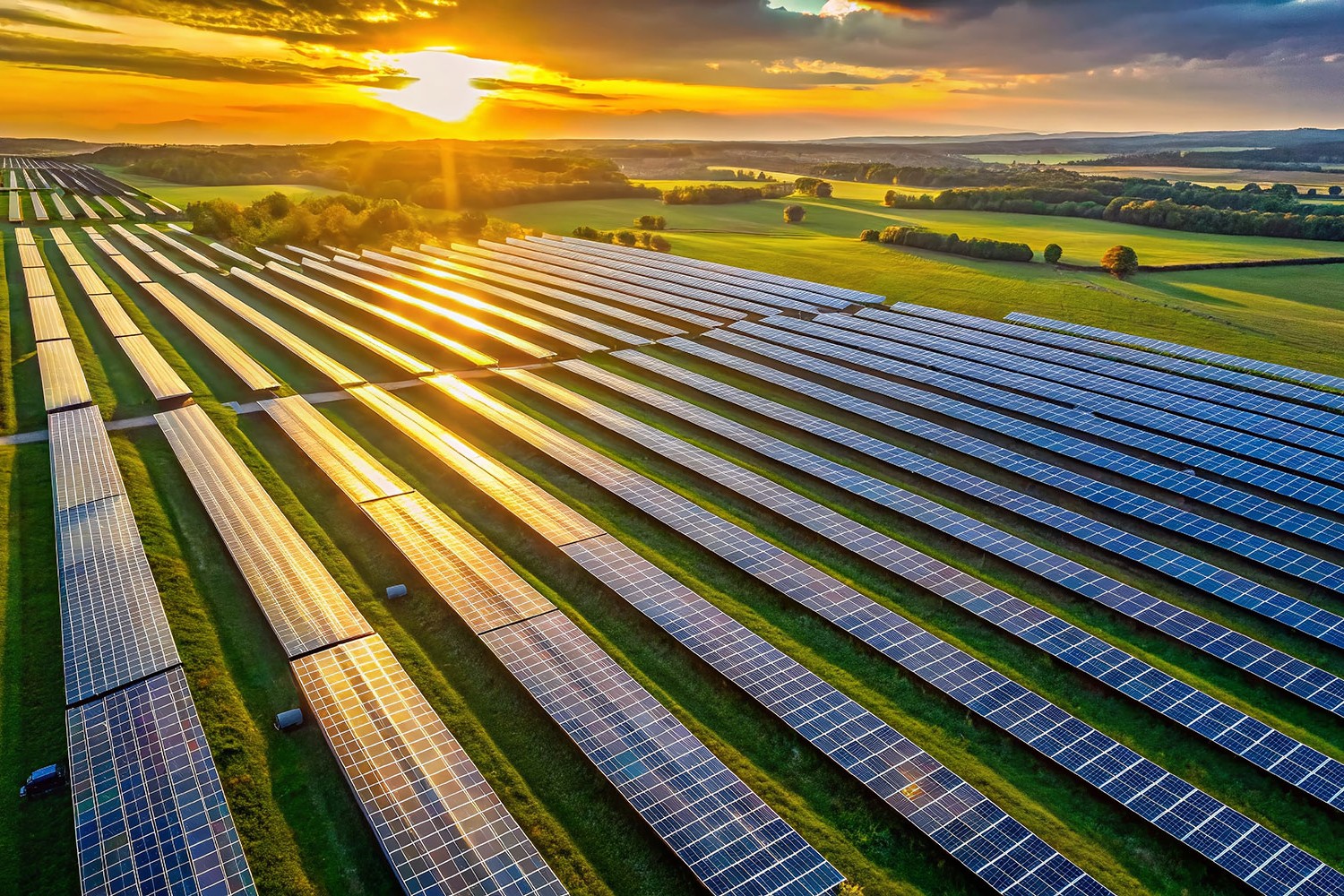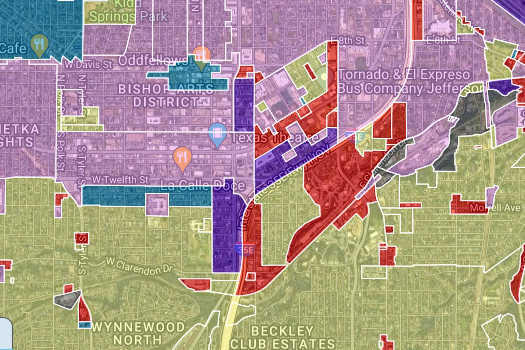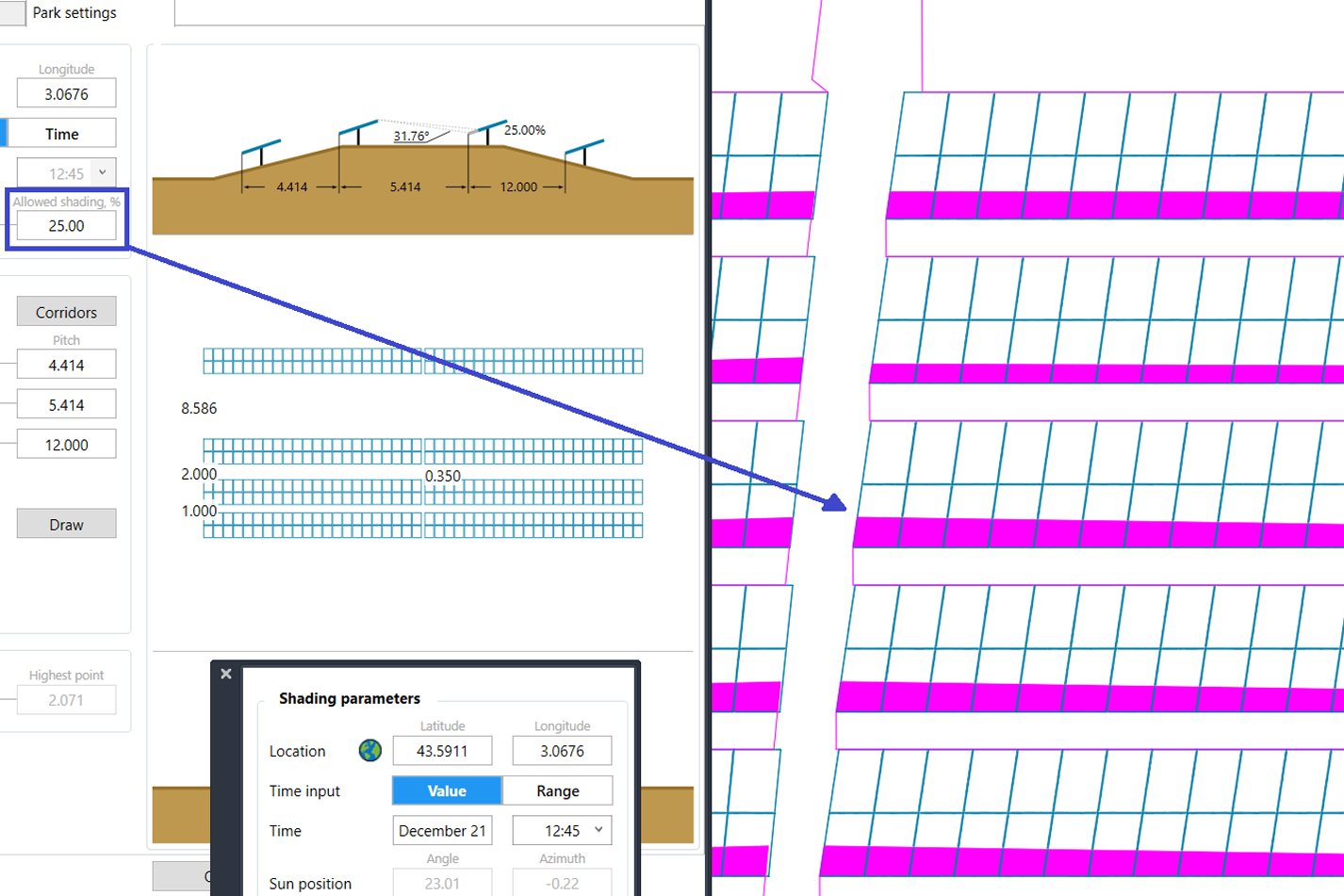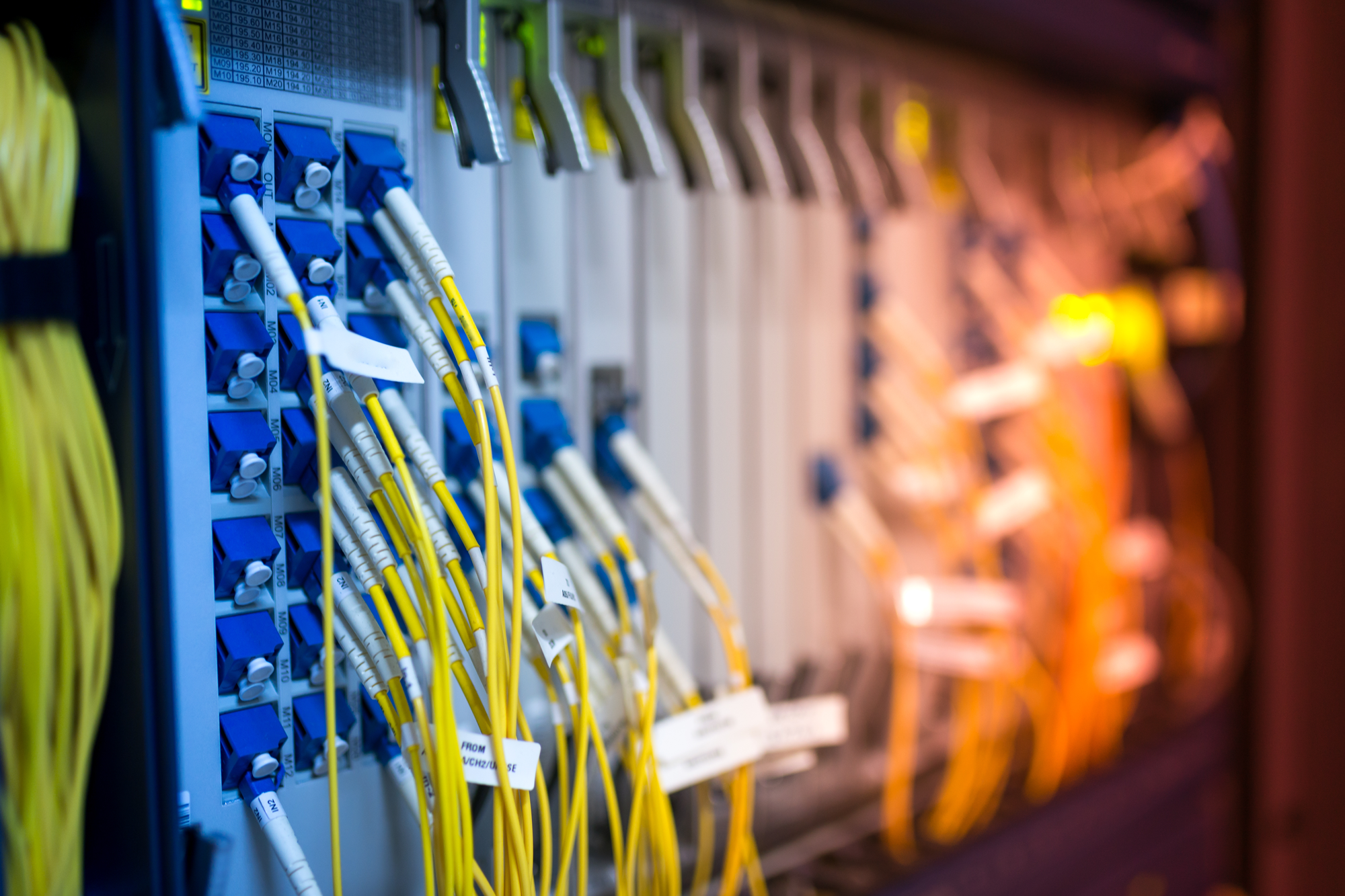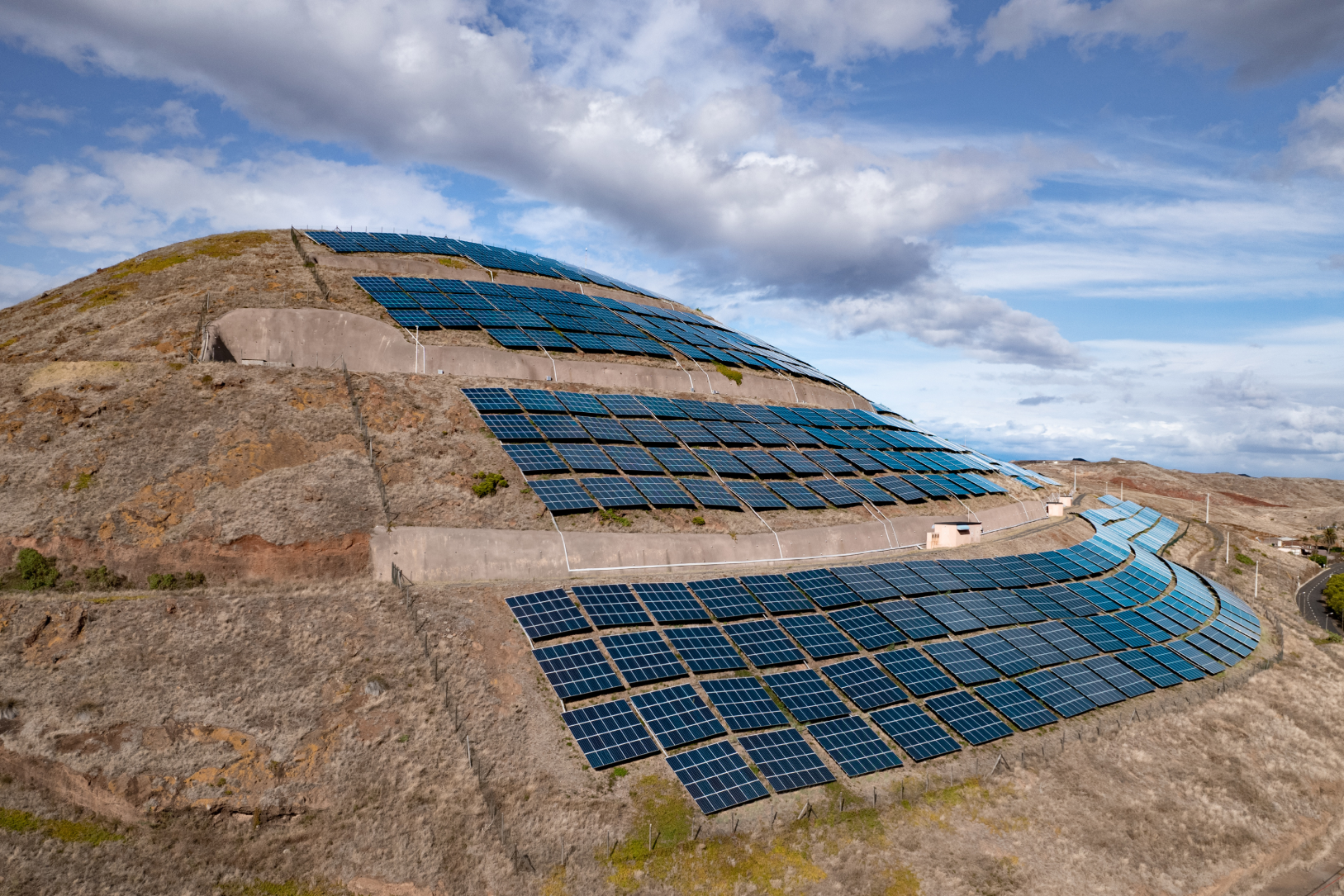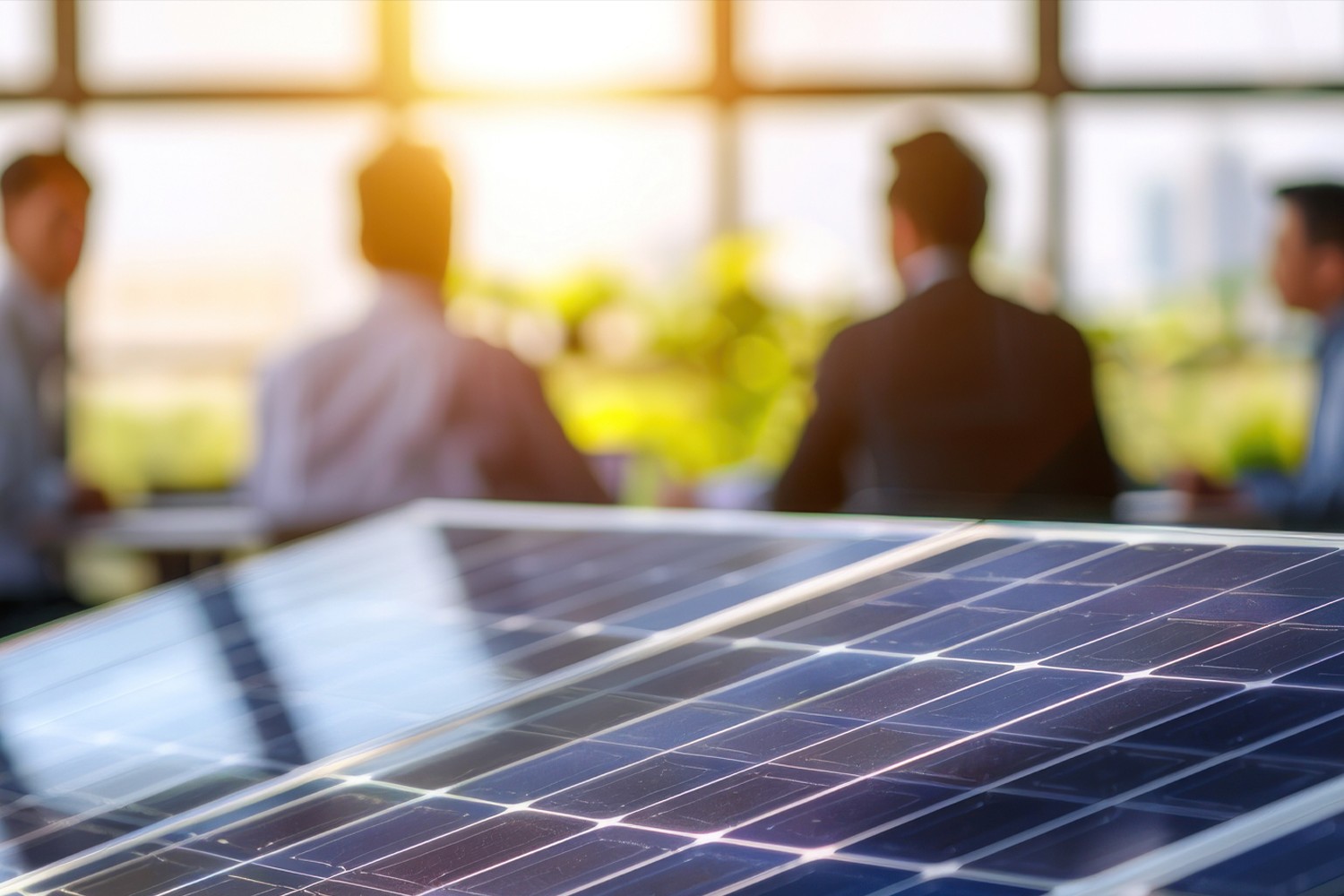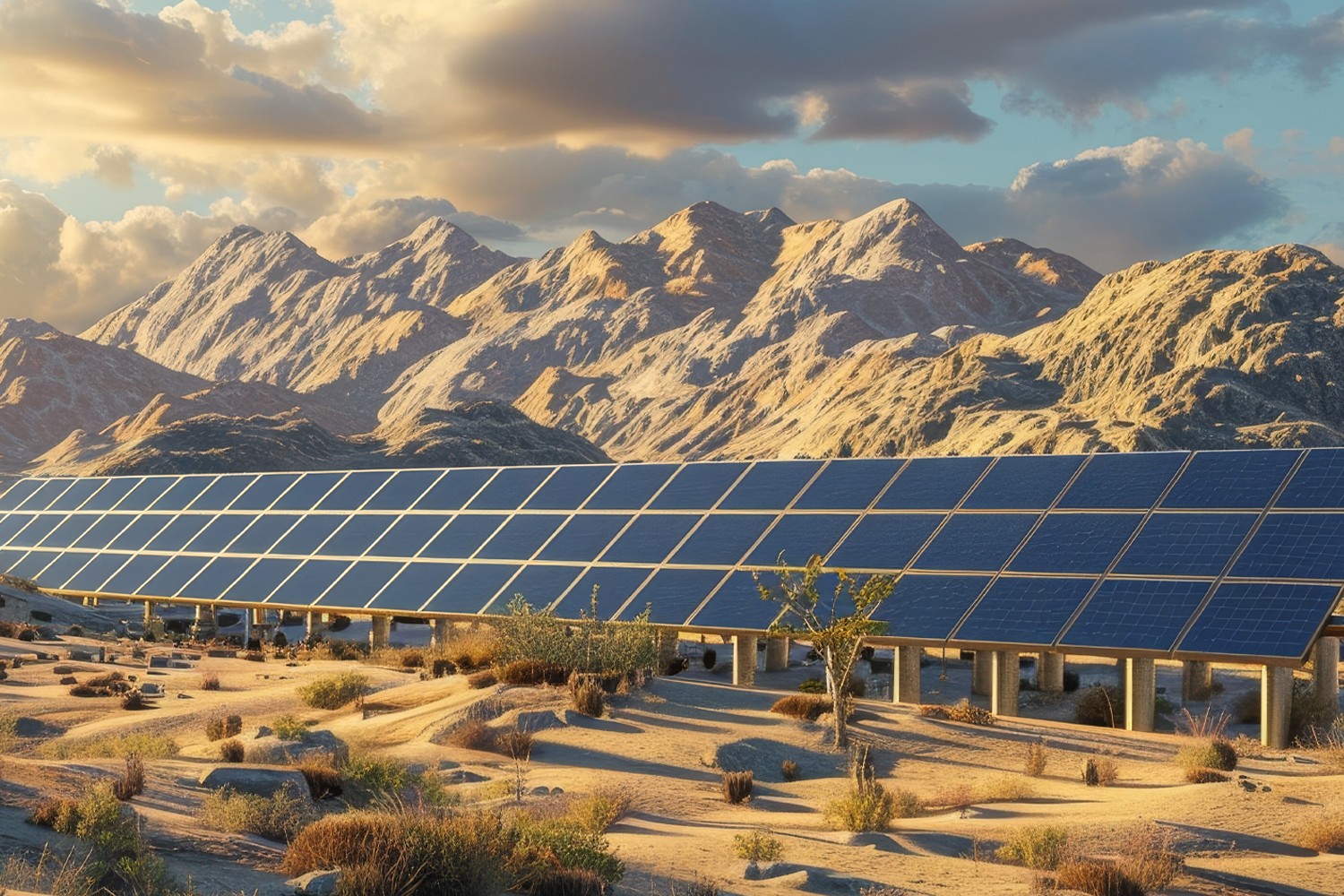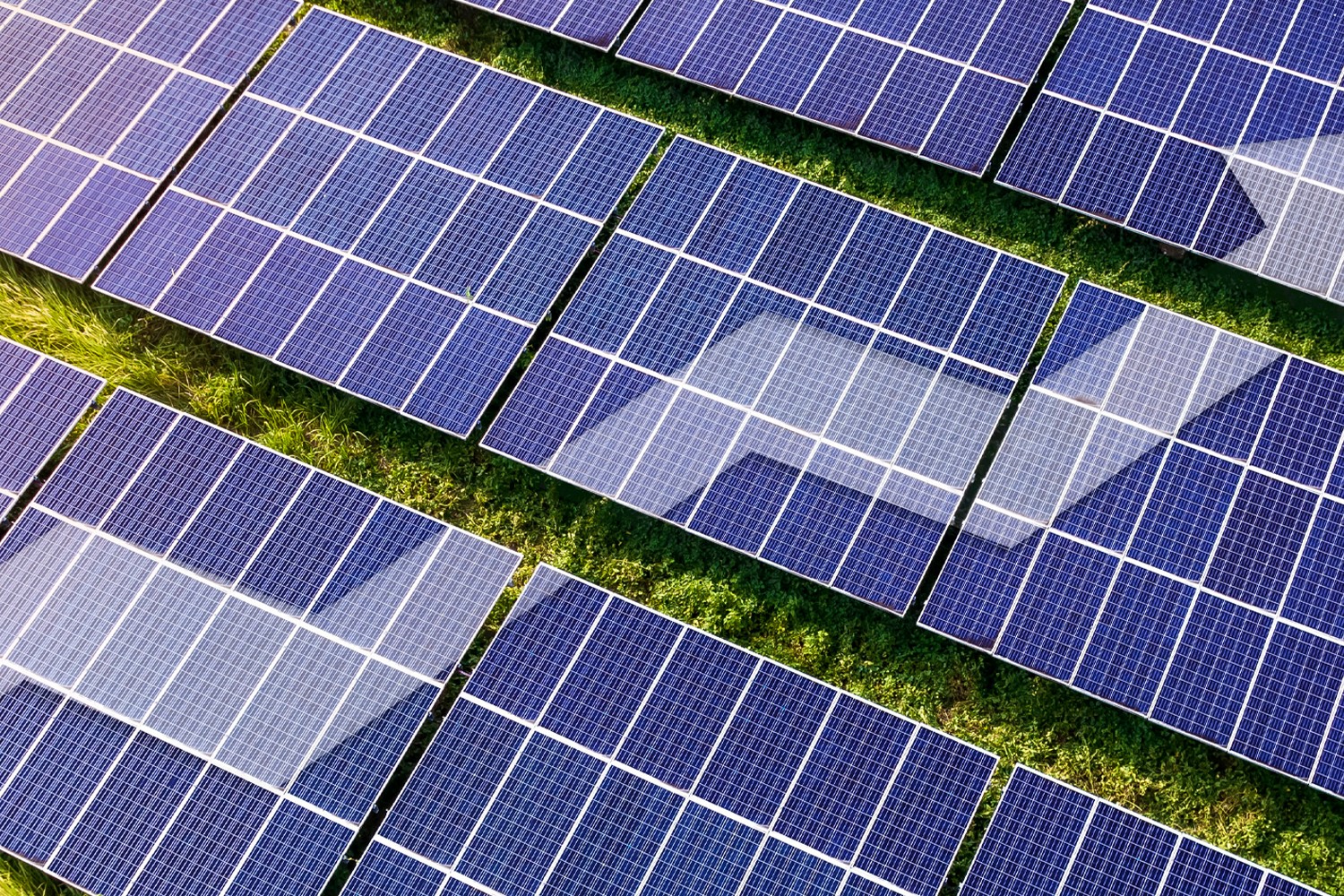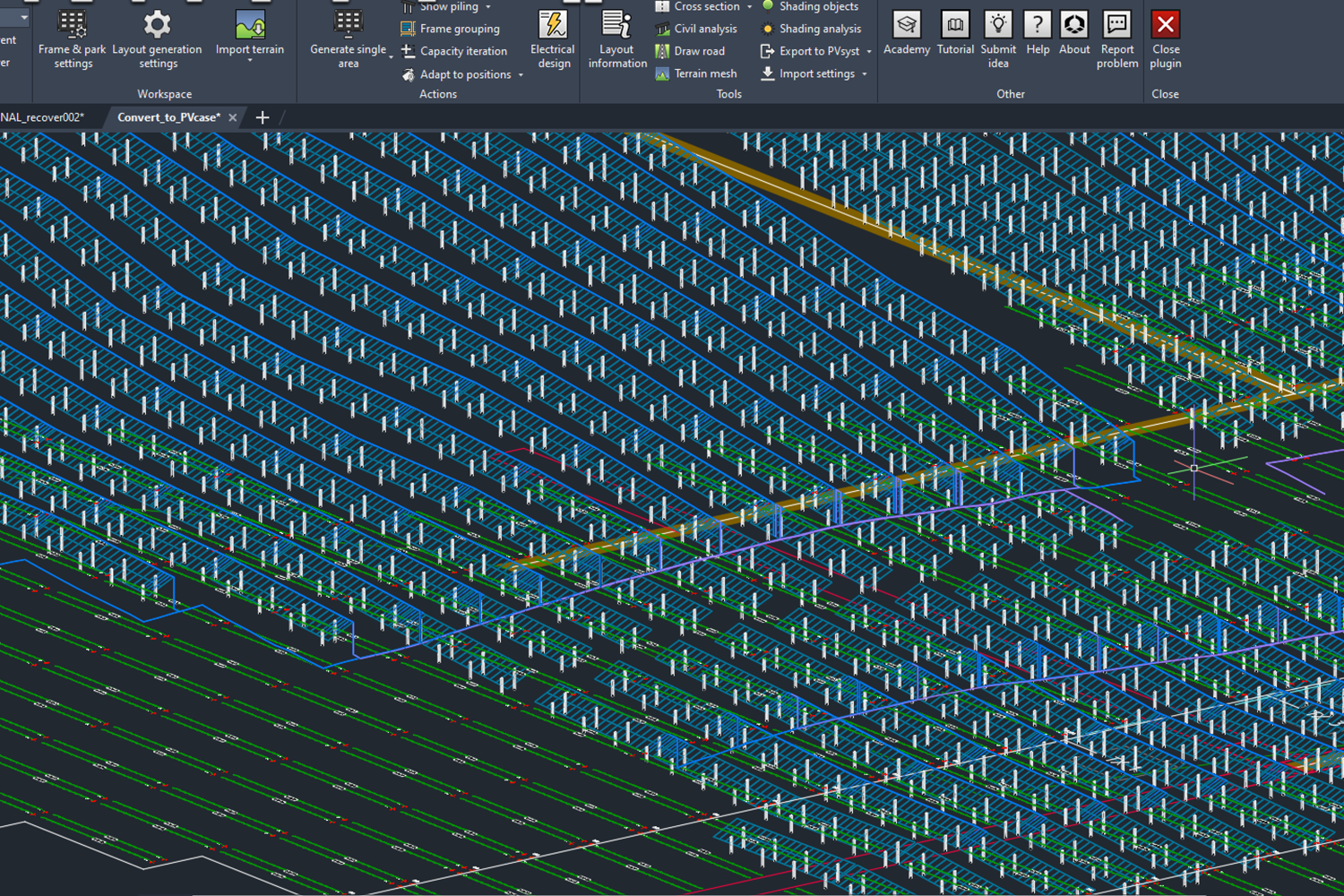When it comes to solar energy, modules, panels and inverters are undoubtedly important, but they alone cannot distribute electricity. Cables are one of the essential components of a solar park since they ensure the energy produced by the panels can be safely and properly transported. However, despite the growing interest in solar energy, the photovoltaic cables are a fairly recent addition to the industry. Solar cables have their own set of rules, from safety regulations to upkeep, and it’s essential to select the cable fitting for each specific project and provide suitable maintenance to ensure maximum productivity.
Basic introduction to solar cabling
Solar cables are made to be used exclusively with solar energy. By its definition, PV cable is a group of smaller wires covered by insulation. The wires can use aluminum or copper as conducting material, but commercial projects often use aluminum wires inside the cables, which is a less expensive option.
PV cables are flexible, resistant to direct sunlight or moisture, and can withstand strong heat. They are made with solar panels in mind, so usually they have the same lifespan as the rest of the equipment. One of the main elements that set PV cables apart from the regular ones is the insulation type, since regular insulation is built to last half the lifespan of the solar module, which means engineers would have to account for replacement expenses.
Engineers also need to pick a suitable cable size for the park. It should have enough length to connect various components of a PV system, as well as reflect the capacity of the PV module. Higher capacity modules or the longer distance between components would require a thicker cable in order to avoid overheating. Therefore, it’s important to consider the cabling requirements during the planning stage of the park in order to avoid re-installations or high maintenance costs.
Benefits of working with aluminum cables
Aluminum cables are lighter compared to copper ones, but the conductivity of both types remains largely the same. This makes aluminum a preferable material for larger cables since they are easier to handle.
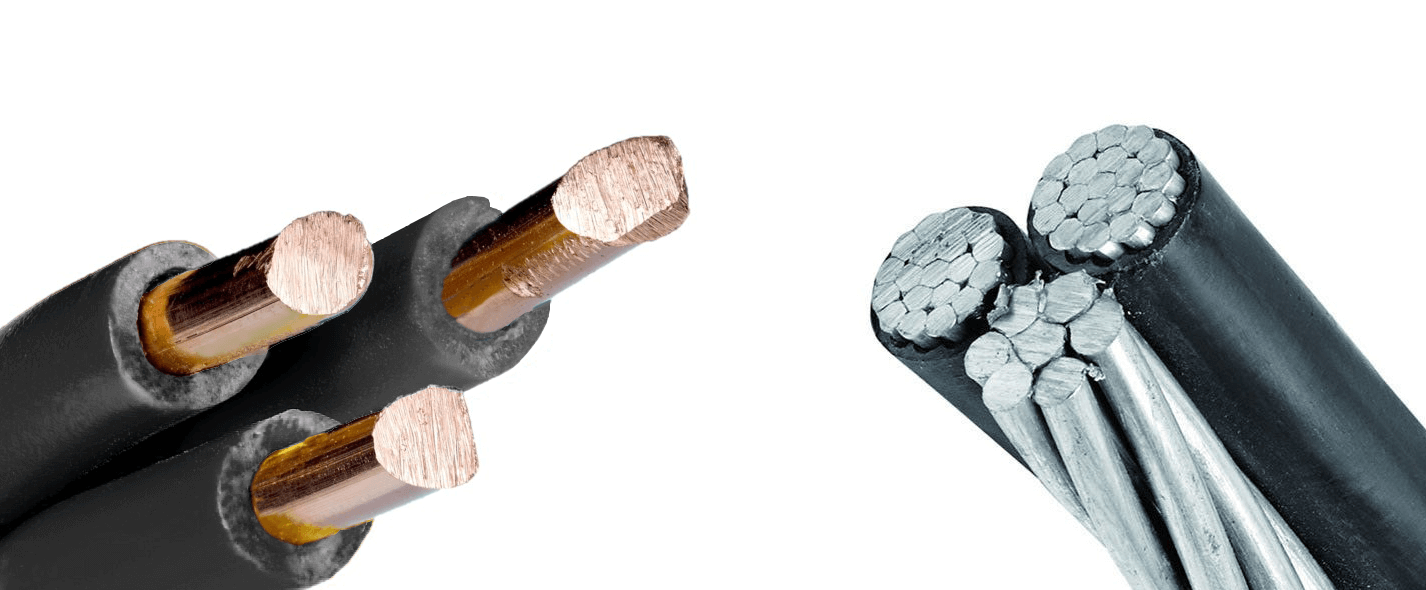
Copper cables have a slightly higher conductivity, they are more flexible yet more expensive than aluminum cables, especially in large-scope projects. The price of aluminum is lower and more stable than copper, which ensures a somewhat consistent cost of maintenance.
Aluminum cables are also relatively resistant to corrosion. Some of the drawbacks of this material are lower tensile strength compared to copper and this type of cables have larger conductors which require larger raceways. Aluminum cables also need more maintenance than copper ones, since aluminum’s expansion and contraction cycles can loosen connections over time.
What’s a BLA system?
Big Lead Assembly or BLA has a combined functionality of cable assemblies, combiner boxes, external fuses, and re-combiners. It is able to transmit power from the solar panel to the inverter disregarding some of the traditional components, such as combiner boxes and in-array trenching. BLA is part of BOS or Balance of System, which encompasses everything in a PV system aside from modules.
Despite the growing popularity of renewable energy, the construction of new solar parks remains a costly endeavor mainly due to the equipment that needs to be installed. BLA eliminates some of the O&M costs associated with solar parks, and helps manage general BOS expenses. Typical BOS systems need to run long cables across great distances and often require manual connection for its components. BLA is installed above ground, so there’s no need to create trenches for cables. It uses a plug-n-play connection feature and eliminates the need of costly specialized work. It can also be installed faster than regular BOS and requires less materials, making it less costly.
Cables in a tray vs. underground cables
A cable tray system is used to securely fasten or support cables. These systems are considered flexible and often have lower installation costs. Cable trays also help to move or add equipment with relative ease. They also keep the wires and cables neatly organized, and provide security as it ensures none of the cables are left on the ground where they are vulnerable to various damages.
In parks where using overhead construction is impractical, underground cables are suggested. They consist of one or several cores containing copper or aluminum conductors. This type of cables need to be selected according to a park’s requirements, including system voltage and current carrying capacity. Initially, underground cables can be expensive and they need to be buried, which also decreases their flexibility should any changes to the park occur. However, they are not as susceptible to damage from severe weather events and pose no danger to wildlife.
Cable maintenance
Solar parks are often built in open areas and PV cables need to withstand harsh environmental conditions. While all solar parks should follow strict regulations in order to have the longest possible life cycle, there are additional tips on solar cables which can help with the maintenance issues.
It’s advisable to use metal clips to keep the cable attached to the panel. They can keep photovoltaic cables from bending out of shape, which can cause short circuits. Using cheap or unfit materials can increase the park’s overall expenses in the long run. Cable management also includes the placement of the cables. If left loose, it’s possible that someone might trip over the cable, disrupting it or causing a shortage. The cables themselves can be buried or trenched to keep them from being damaged, but this method can get expensive should the park have the capacity to increase in size. There’s also an option to hang the PV cables, which places them in an overground formation and makes them easier to manage compared to trenching.
Preparing your cable design with PVcase
Because PV cables are an essential part of any solar park, their planning is crucial: if cables are too long or the lines are too short they become a wasteful expense. With PVcase, engineers can accurately estimate how many cables they would need to connect all the components in the park.
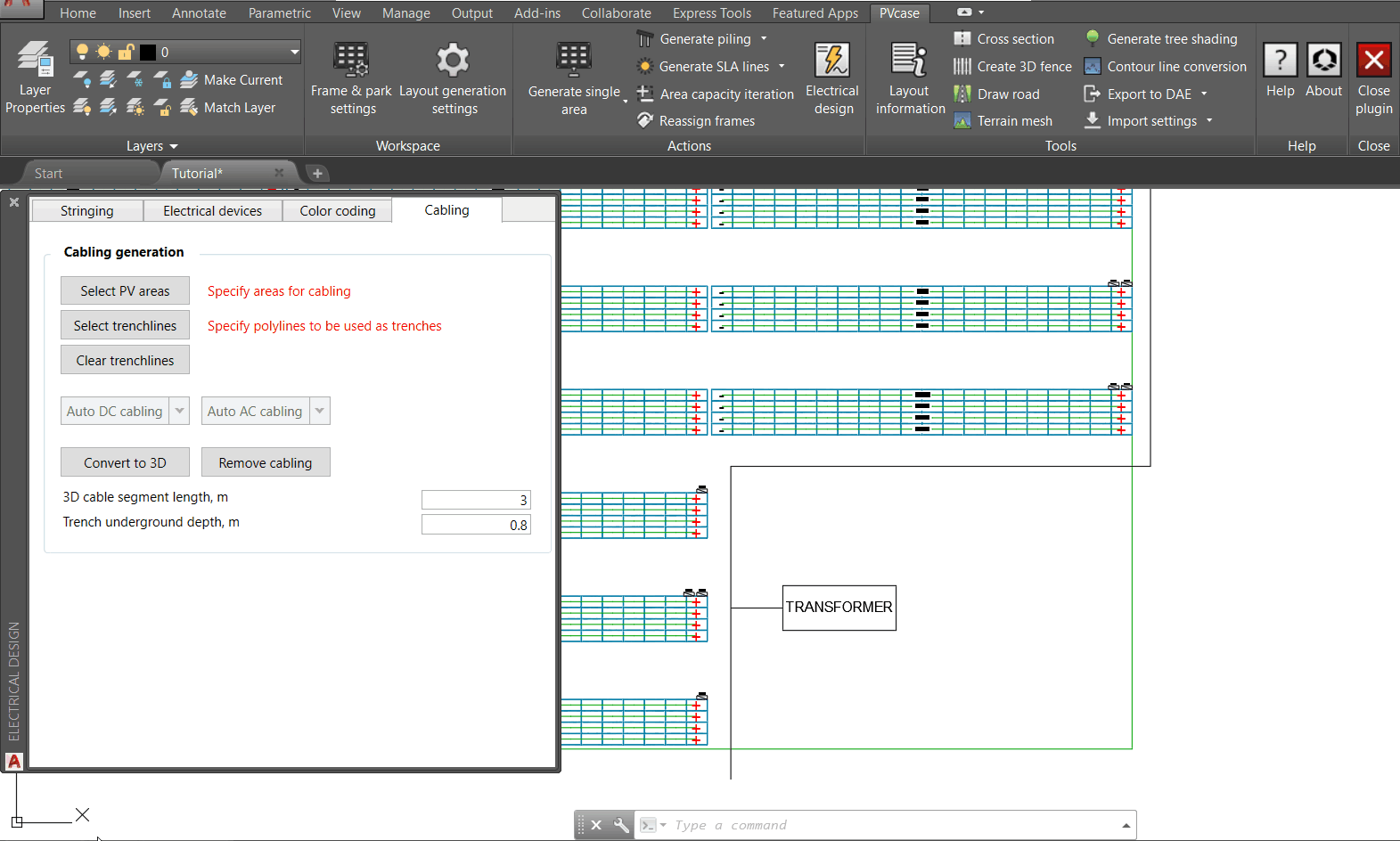
PVcase facilitates the calculation for DC and AC cabling for fixed-tilt systems, it works both with automatic cabling and semi-auto cabling. Automatic function connects all available components, while semi-auto cabling allows engineers to generate specific cabling situations. The automatic calculations function shows the best layout for the cables, taking into account the distance between components and number of viable trenches. With PVcase you can also draw manual trench lines, which can be used during the planning phase.
Request a demo today and see how PVcase can help you and your team to design your next PV system.
You might also be interested in:
March 26, 2025
PVcase Yield product guide: revolutionize solar energy modeling with advanced technology
Download PVcase Yield product guide and discover how PVcase Yield is transforming solar energy modeling with its advanced digital twin technology and physics-based simulations.…
March 25, 2025
The impact of Zoning Data on strategic site selection
Zoning Data encompasses the information used by local governments to classify land use. Learn how this new addition to PVcase Prospect enables solar developers to choose a project…
March 24, 2025
PVcase’s spring product updates: what’s new
PVcase and HeatSpring offer a new training bundle on utility-scale solar engineering for solar designers and engineers.
March 5, 2025
Why fiber data is non-negotiable for data center site selection
Discover why integrating fiber data into your data center site selection process is crucial for reducing costs, accelerating deployment, and improving network resilience.
February 20, 2025
PVcase Ground Mount wins G2 2025 Best CAD & PLM Software award
PVcase and HeatSpring offer a new training bundle on utility-scale solar engineering for solar designers and engineers.
February 18, 2025
PVcase partners with HeatSpring for advanced utility-scale solar training
PVcase and HeatSpring offer a new training bundle on utility-scale solar engineering for solar designers and engineers.
February 3, 2025
Solving ground mount solar design challenges. A guide by engineers, for engineers
Download our e-book for expert insights and actionable solutions to the common pain points you encounter in your day-to-day work, and start taking back your development time.
January 15, 2025
Award-worthy solar software: PVcase’s impact in 2024
Explore how PVcase's award-winning product suite is combating climate change through innovative software and what achievements were recognized the most.
January 14, 2025
Top 10 questions asked during the PVcase Digital SmartUp’24 — answered
Customers ask, we answer — read the article to find answers to the top 10 most asked questions at the exclusive PVcase Digital SmartUp'24 event.
January 10, 2025
Developing solar projects on challenging land
Solar developers face fierce competition, congested grids, and a shrinking pool of ideal sites. What's the solution? Read and and learn how to develop on challenging land instead.
December 12, 2024
Why Locational Marginal Pricing (LMP) data is essential for solar development?
Locational Marginal Pricing (LMP) data helps solar developers forecast profitability, minimize financial risk, and optimize site selection. Let’s break down what LMP data is, its…
December 11, 2024
PVcase product updates — November highlights
With PVcase November updates, you can achieve faster, more accurate results today — no need to make them your New Year’s resolutions. Dive into the major updates from the PVcase…
December 9, 2024
The importance of quality GIS data for solar site selection
Discover the impact of high-quality GIS data on solar site selection. Learn how parcel data, grid capacity, and LMP data optimize solar project development, reduce risks, and…
December 2, 2024
Consequences of extreme weather events: can we still afford it?
Floods, hurricanes, wildfires — whether we want them or not, extreme weather events have become the new normal. This year alone, there have been 24 billion-dollar weather…
November 14, 2024
Fail fast, succeed faster: the developer’s guide to streamlining solar projects with early-stage development software
Discover how solar developers thrive by adopting the 'fail fast, succeed faster' approach. Explore the role of early-stage development software, such as PVcase Prospect, in…


